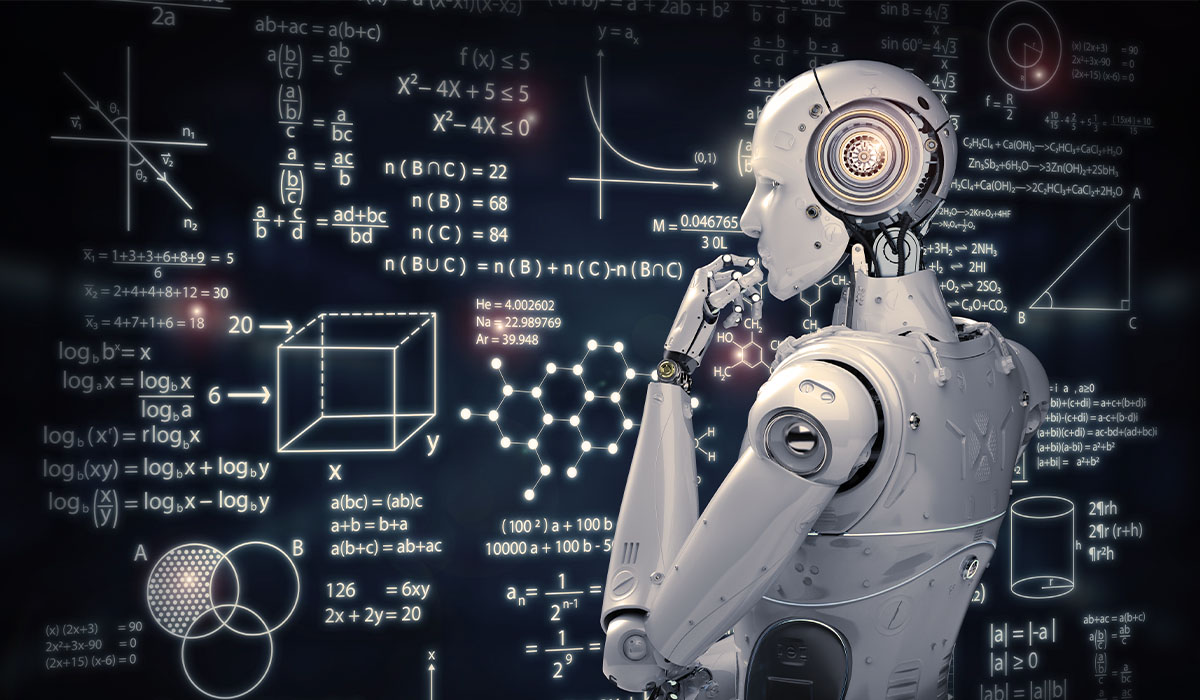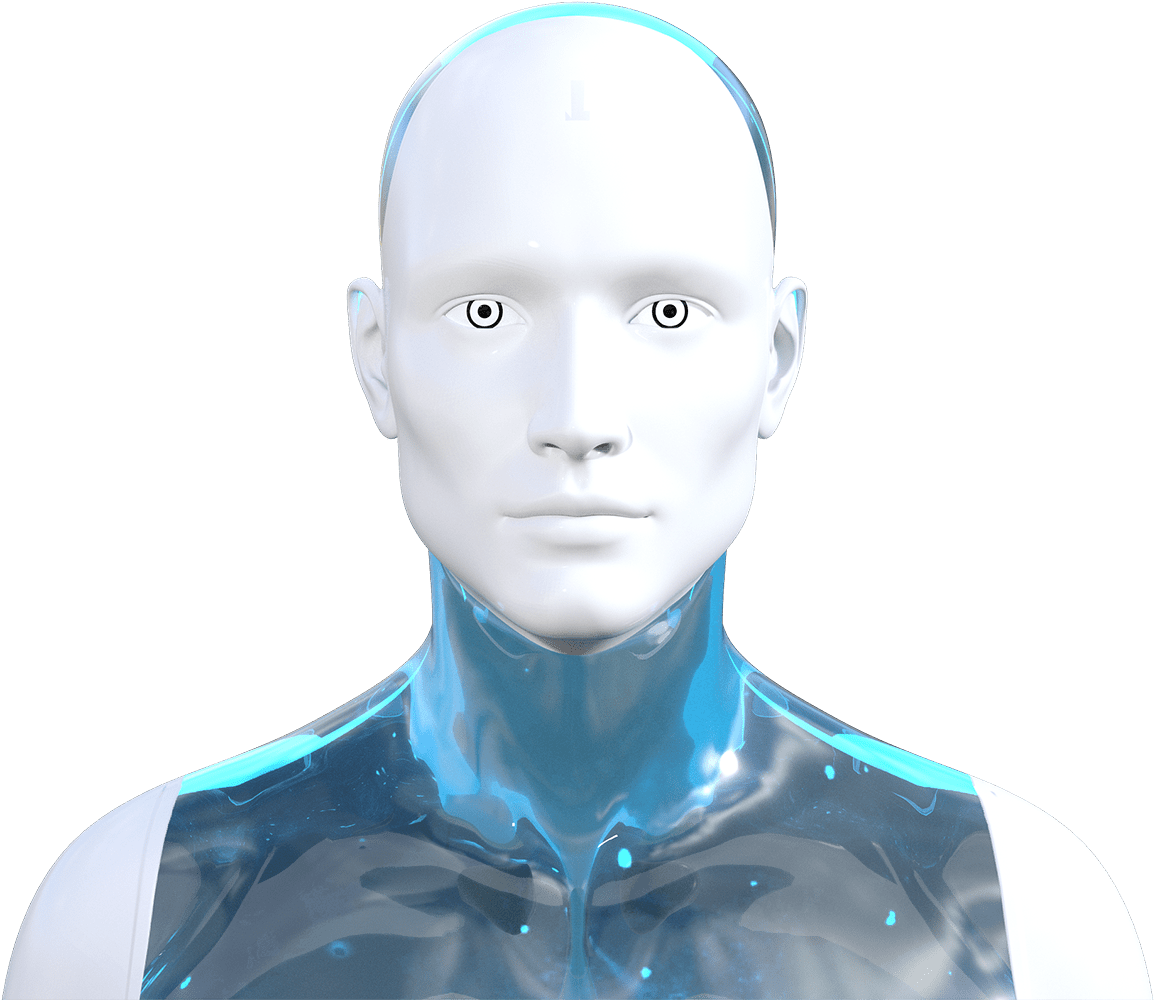
What is Machine Learning?
Machine Learning is a branch of artificial intelligence (AI) that enables computers to learn from data and improve their performance over time without being explicitly programmed.
Types of Machine Learning
- Supervised Learning: The algorithm is trained using labeled data, which helps the model learn from examples.
- Unsupervised Learning: The algorithm works with unlabeled data and tries to find hidden patterns.
- Reinforcement Learning: An agent learns by interacting with its environment and receiving feedback in the form of rewards or punishments.
- Semi-Supervised Learning: Uses both labeled and unlabeled data for training, often when labeling is expensive or time-consuming.
Key Concepts in Machine Learning
Some of the key concepts in machine learning include:
- Features: Input variables used by the algorithm to make predictions or decisions.
- Model: The algorithm or mathematical structure that makes predictions based on input features.
- Training: The process of teaching the model using data to learn patterns.
- Testing: Evaluating the model’s performance on unseen data.
- Overfitting/Underfitting: Overfitting occurs when the model learns too much from training data, while underfitting happens when it doesn’t learn enough.
Applications of Machine Learning
Machine learning is applied in various industries, including:
- Healthcare: Disease diagnosis and medical image analysis.
- Finance: Fraud detection and credit scoring.
- E-commerce: Personalized recommendations and customer behavior analysis.
- Automotive: Autonomous driving and vehicle maintenance.


